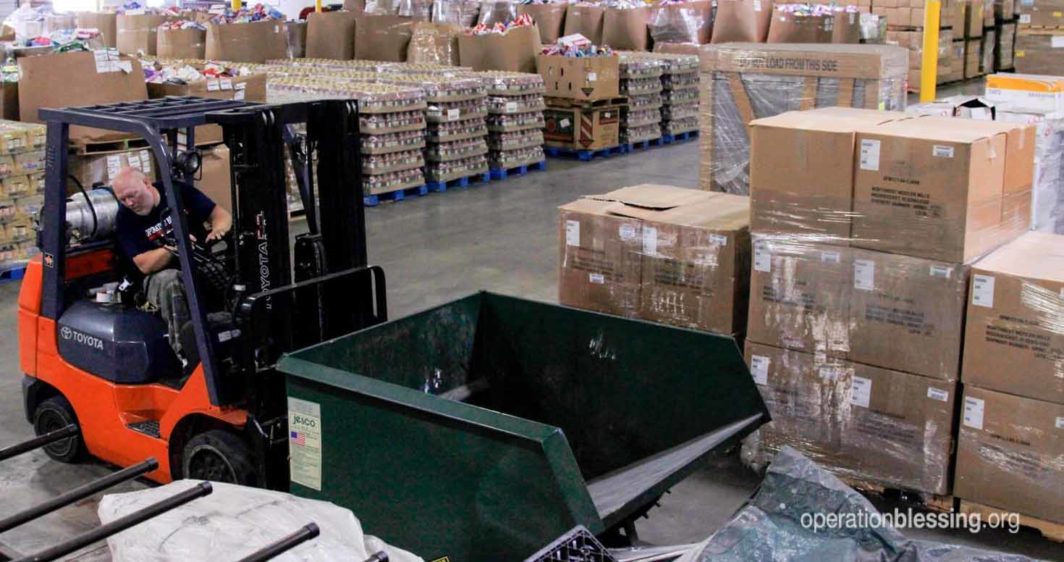
Thanks to the generous support of friends like you, Operation Blessing is often one of the first humanitarian organizations on the scene when hurricanes strike. Hurricanes have reshaped our world through their massive scale and devastating force. Through our many outreaches to help hurricane victims, we’ve had the opportunity to learn a lot about these powerful storms. And so we’d like to share some valuable information with you through this hurricane Q & A.
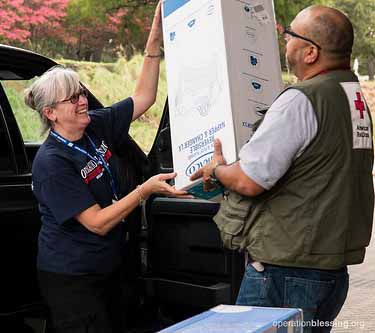
Hurricane Question and Answer Topics
These questions and answers address basic information about hurricanes and why they have such a destructive impact including areas like:
- Historical Hurricane Information
- Size And Scale Of Hurricanes
- Ways Hurricanes Are Measured
- Hurricane Impact
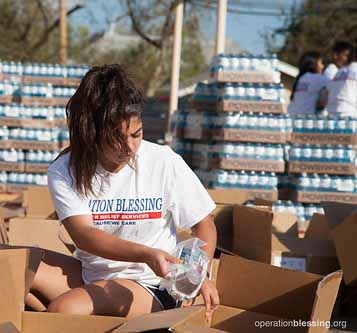
Hurricanes and Operation Blessing
Hurricanes regularly impact the East Coast of the United States, the Gulf region, and the Caribbean—areas where Operation Blessing regularly works to bless the poor and hurting. These storms can do incredible damage when they strike and can devastate whole cities for years. Operation Blessing has been reaching out during hurricanes for decades. For example, the support of our generous donors made a huge difference when Hurricane Katrina struck New Orleans in 2005.
Gifts from friends like you make hurricane relief possible. And in that way, you can bless hurricane victims in their most desperate hours. You can send emergency food and drink, hygiene supplies, encouragement, and long term assistance to help recover homes and businesses.
- What is the difference between a tropical storm and a hurricane?
When a tropical storm reaches wind speeds of over 74 miles an hour it becomes a hurricane.
- Where do hurricanes originate?
Hurricanes begin as warm air over tropical areas of the ocean.
- Can hurricanes produce tornadoes?
Hurricanes can also produce tornadoes. In fact, large hurricanes can spawn dozens of tornadoes, and in many cases more.
- Are slow moving hurricanes as dangerous as fast moving hurricanes?
Believe it or not, a slower-moving hurricane is more dangerous. It lingers over an area longer, causing more wind damage. And it can dump more rainwater on an area as well, which leads to more flooding.
Flooding can sometimes cause even more destruction than powerful wind gusts. Many of the casualties from large destructive hurricanes are the result of rising floodwaters and storm surge which can isolate people in areas where they can no longer find dry ground to seek shelter.
- When is hurricane season?
Hurricanes typically occur between June and November. There are isolated cases of hurricanes hitting at other times of the year.
- What is the difference between a typhoon, hurricane, or cyclone?
The names associated with the part of the world the storm occurs in. Hurricanes refer to these storms in the Atlantic Ocean.
- How are hurricanes measured?
Hurricanes are measured using the Saffir-Simpson Scale, which focuses on wind speed as the primary criterion for determining the hurricane category.
- What is considered the worst hurricane in United States history?
Even taking into consideration monster storms like Katrina, the worst hurricane in United States history was the Galveston Hurricane that occurred in 1900. This disaster killed over 8,000 people.
- What was the most powerful storm ever recorded?
Hurricane Patricia had winds of over 200 miles per hour in 2015, making it the strongest ever recorded.
- How much precipitation can a major hurricane release on land?
A hurricane can potentially release trillions—yes trillions—of gallons of water onto an area.
- What hurricane did the most financial damage in the United States?
Hurricane Katrina, which struck New Orleans in 2005, did over 160 billion dollars of damage.
- What state has had the most hurricanes?
This is not a trick question. Florida has had more than a hundred hurricanes since record keeping began, making it the biggest recipient of this type of disaster by far. Its peninsular location in warm water directly north of the equator, coupled with its position to the Gulf of Mexico and the Atlantic, makes it an epicenter of storm activity.
- What hurricane had the highest wind speed when it hit land in the United States?
Hurricane Camille had winds of 190 miles per hour when it touched land in 1969.
- What is a Cape Verde hurricane?
Cape Verde Hurricanes are types of hurricanes that originate off the West Coast of Africa in the area of the Cape Verde Islands.
- What is storm surge?
Storm surge is the rapid rise of sea levels that accompany hurricanes. The increased surge causes flooding and can do tremendous damage to coastal areas.
- What is an example of a hurricane that had a large storm surge?
Hurricane Katrina, which hit New Orleans and surrounding areas in 2005, produced a storm surge with water levels rising over 26 feet. This caused widespread destruction in New Orleans and surrounding areas. In fact this monster storm caused over ¾ of New Orleans to be underwater. The flooding disabled communications and transportation citywide, trapping thousands of people in the wake of the storm’s destructive aftermath.
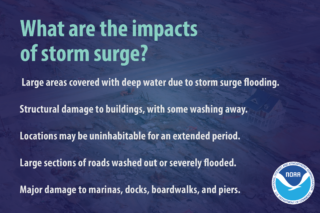
- What was the most active hurricane season on record?
2005 marked the most active hurricane season with over 25 tropical storms being recorded including Hurricane Katrina, which ravaged New Orleans, Louisiana. This year also marked the greatest number of category 5 storms to be spawned in one season.
- Can hurricanes occur outside of hurricane season
Yes. Hurricanes, though much rarer outside of hurricane season, have been recorded in months outside of the established June-November window. Some hurricanes have even occurred in February.
- What happens if they run out of alphabetical names for hurricanes in a season?
At that point Greek letters are used to name hurricanes.
- Does hurricane season have a peak month?
September, primarily early September, is the apex or peak of hurricane season. It offers the most optimal conditions to foster storm activity.
- How are hurricanes tracked?
Hurricanes are tracked using a number of sophisticated pieces of electronic equipment including satellites, seagoing craft, airplanes, radar devices and sonar buoys. This helps us to follow the potential movement of the storm mobilize communities before a major hurricane hits.
- Who is responsible for tracking hurricanes in the United States?
The National Oceanic and Atmospheric Administration’s National Hurricane Center is responsible for the collection and organization of information regarding approaching and imminent storms.
- How powerful can hurricanes, typhoons, or cyclones get?
Some storms have had maximum wind speeds exceeding 200 miles per hour. This was the case with Typhoon Nancy that hit the Pacific Northwest.
- What are some ways I can help with the hurricane recovery or relief efforts?
After the initial wave of damage brought on by a major hurricane is over, it is vital to quickly begin recovery relief efforts. Rebuilding key structures, reviving the local economy, and getting local people back on their feet with supplies and assistance requires much time, effort, and resources. Consider becoming a partner with Operation Blessing to help with these storm recovery efforts.
While every hurricane is different in terms of its scope and impact, there are a number of consistent ways you can help. You can volunteer your time through disaster relief organizations like Operation Blessing to help with the hurricane relief efforts. You can also donate or become an Operation Blessing partner to help us distribute supplies, food and water to hurting people in the wake of these deadly storms.
Links to hurricane works cited
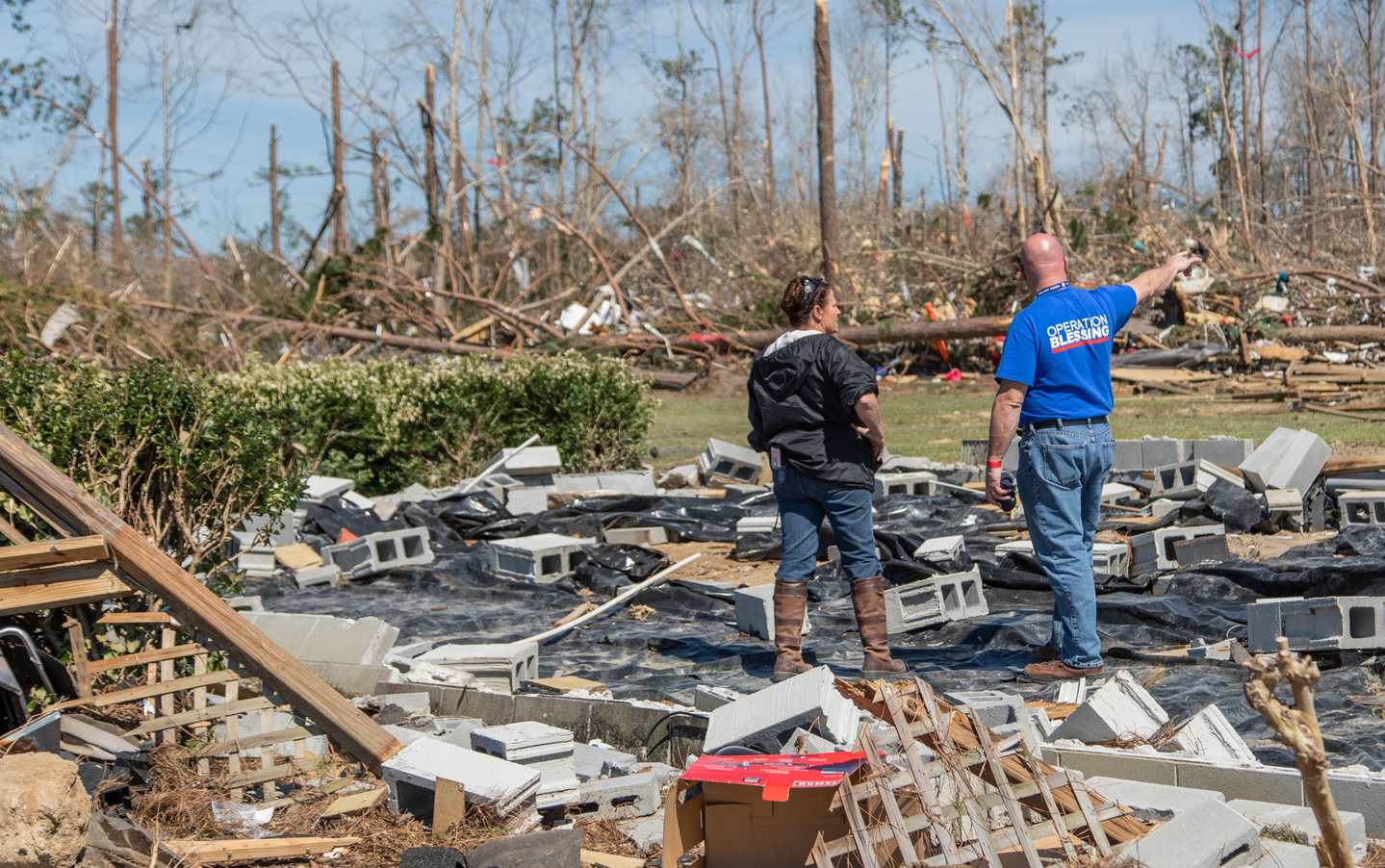

A mission you can believe in. A charity you can trust.